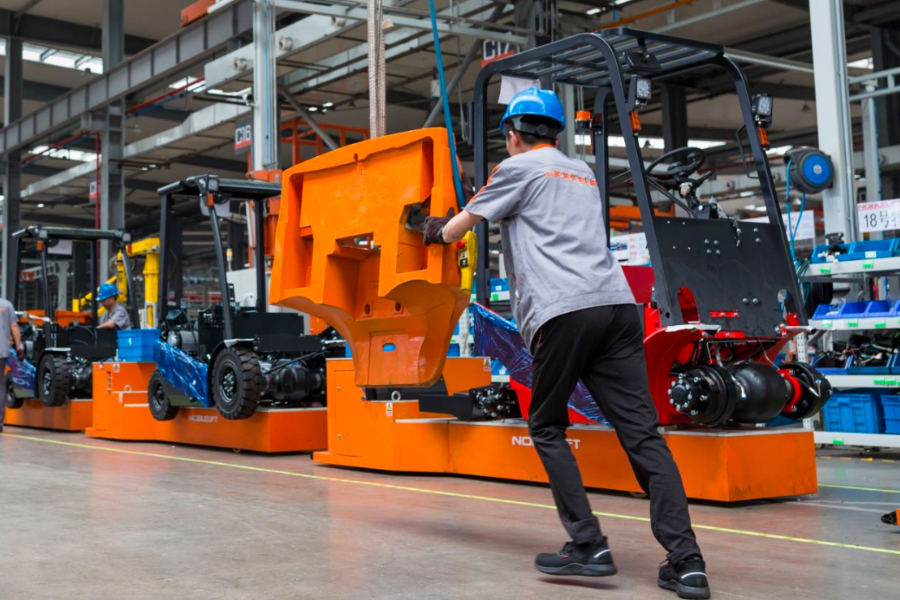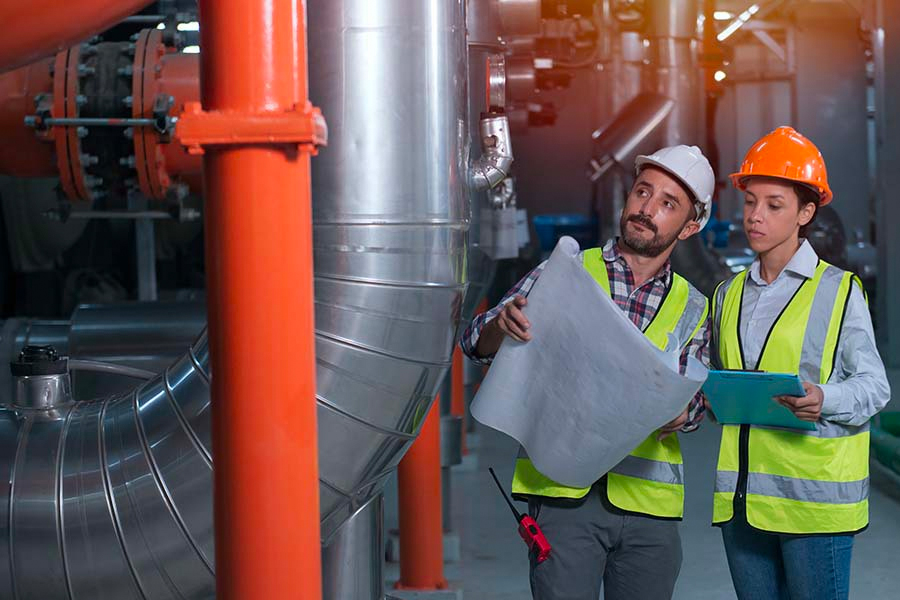The costs of maintaining equipment can add up, both financially and in terms of time. How can you remain competitive while continuing to generate a return on your investment (ROI)? The administrative methods and technological developments utilized to reduce equipment and maintenance downtime are briefly covered in this section.
The market for upkeep, repair, and operations is projected to grow to $701.3 billion by 2026. This high cost is influenced by a few different factors in industrial settings. Most unplanned downtime is brought on by outdated resources. According to maintenance experts, machine failure, human error, lacking sufficient maintenance time, and poor design can cause spontaneous equipment downtime.
Implementing parts that require minimal to no maintenance is a wonderful way to lower maintenance costs. One illustration is clamp-on ultrasonic meters. These meters are employed in a variety of circumstances, including the water distribution business because they don’t have any moving parts that can degrade with time. They are designed to require little or no upkeep.
Taking the time to develop a preventive maintenance (PM) strategy is another way to boost ROI. In fact, 76{9f22a6c9ed12e16e5983216e35523626546e516042fd2ddc7e378f3fecf7b312} of industrial businesses ranked preventive maintenance as one of their top priorities during 2020. This technique aims to target potential issues before they become a problem and address them. Thus, PM helps to decrease downtime, increase equipment life, and increase resale value. However, the kind of asset has an impact on the total cost of ownership.
Predictive maintenance also uses analytical technologies. Studies show that 41{9f22a6c9ed12e16e5983216e35523626546e516042fd2ddc7e378f3fecf7b312} of industrial organizations already employ this strategy. Predictive maintenance can be highly cost-effective despite being more expensive and a newer approach. When comparing predictive maintenance to preventive maintenance, the potential savings range between 8 and 11{9f22a6c9ed12e16e5983216e35523626546e516042fd2ddc7e378f3fecf7b312}, according to the US Department of Energy. The global market for predictive maintenance is expected to reach $23.5 billion in value by 2024, according to experts.
Predictive maintenance is crucial (PdM). Using the software, sensors, and artificial intelligence, predictive maintenance updates and evaluates the state of the equipment that is now in use. Using the data collect, it becomes easier to predict when equipment will require maintenance. This tactic seeks to cut expenses by only acting when absolutely essential, as opposed to routine or time-based preventative maintenance.
Managing maintenance is a difficult task. However, it is possible to improve the lifespan and functionality of commonplace equipment by incorporating new technologies, upgrading to low- or no-maintenance components, and using the right tools for the job.
Check out the infographic that goes with it for more details on maintenance and practical options.





